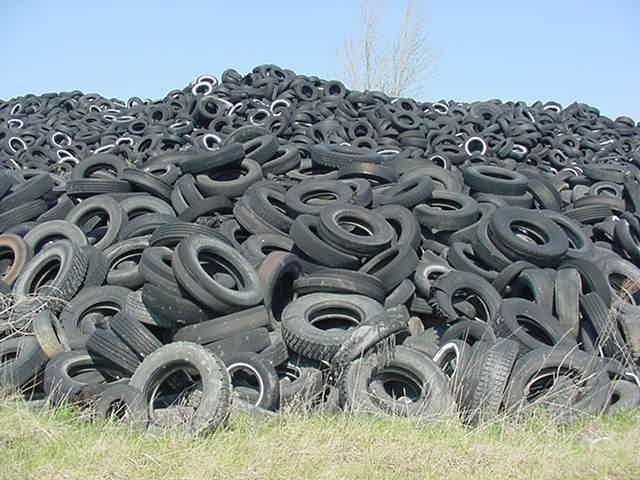
The facts on population growth
T he Australian government supported the US in proposing that future climate change agreements should include some real targets for China, India and Brazil, the fastest growing economies on the planet. The logic is that these large and rapidly growing nations will contribute most to the growth in climate change over the next 12 years.
he Australian government supported the US in proposing that future climate change agreements should include some real targets for China, India and Brazil, the fastest growing economies on the planet. The logic is that these large and rapidly growing nations will contribute most to the growth in climate change over the next 12 years.
Hear Malcolm and Giovanni discuss the numbers on The Generator
Others point out that the US is still the world’s largest emitter and that reducing consumption by the mega rich is more important than limiting growth in the developing countries. Still others point out that any limits on consumption are meaningless if population continues to grow exponentially.
The figures given in the graph here demonstrate the reasonably generous scenario that total global resource consumption doubles, population growth rates halve and we reduce the wealth gap between the rich and poor nations to almost half what it is now. Whether the world can sustain this growth rate is extremely unlikely but this is commonly given as a politically palatable solution.

